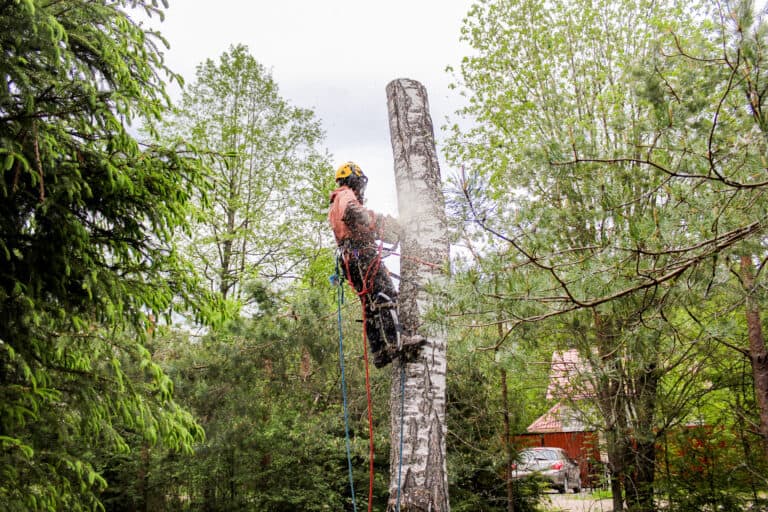Do you work in any way in these sectors? Then you're aware of the significant risks at every stage of production, from extraction sites to refineries and petrochemical plants.
- On extraction sites, workers are exposed to multiple hazards. They operate in an environment where heavy machinery is on the move, increasing the risk of serious accidents. In addition, they are often in contact with potentially hazardous chemicals, such as hydrocarbons, requiring specific protection. They must wear clothing that meets high-visibility standards and offers protection against chemicals, aimed at reducing the risks associated with skin exposure, thus guaranteeing maximum safety for these workers.
- As for refinery and petrochemical workers, their exposure to a wide range of hazardous chemicals is a major concern. In addition to hydrocarbons, they also handle solvents, acids such as sulfuric and hydrofluoric, and other petroleum derivatives. The need to wear appropriate personal protective equipment is crucial to minimize the risk of skin exposure, particularly through the use of full-body suits offering a physical barrier against these hazardous substances.
Worker safety is a priority at every stage of production, and waterproof protective clothing is frequently used in these sectors.
HOW TO CHOOSE THE RIGHT WATERPROOF PROTECTION FOR THESE SECTORS?
Here is a list of the main elements to consider to protect workers:
- List all the different types of exposure and products to which workers will be exposed, so that the garments selected meet the relevant protection standards.
- Check that the fabrics used in the design of waterproof protective clothing are certified for non-permeation of liquids (related standard: ASTM F903-18 - Non-penetration of liquids).
- Ensure that the seams of the chosen waterproof protective clothing are heat-sealed (thin plastic film applied at 600C heat to prevent certain gases and liquids from penetrating).
- Select a garment made from a flame-resistant material, since most of the substances to which workers are exposed in these sectors are flammable (certification linked : FR CAN/CGSB-4.2 m94 method 27.4).
- Opt for a garment offering high-visibility protection for any worker who works in conditions of reduced visibility in the dark and at great distances (related standard: CAN/CSA Z96 class 3 and level 2).
- Choose a garment that resists cracking when exposed to low temperatures as low as -40C (certification linked to ASTM D-2136).
If you have any further questions on this subject, please don't hesitate to contact us! Our team of experts is at your disposal.

